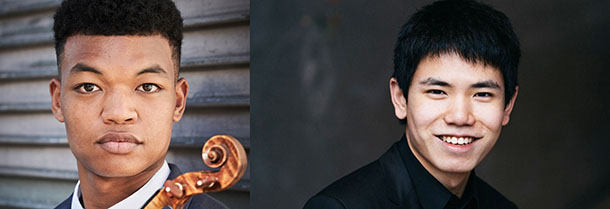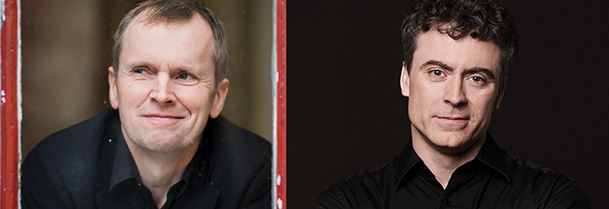Tag: Maurice Ravel
-

-

PROGRAM NOTES: RANDALL GOOSBY AND ZHU WANG
Lili Boulanger Deux Morceaux Lili Boulanger was born into a distinguished family of French musicians. Her grandfather, Frédéric Boulanger (b. 1777) had been a professor at the Paris Conservatoire and was married to Marie-Julie Haligner (1786-1850), a mezzo-soprano at the Théâtre de l’Opéra-Comique who had sung in the premiere of Donizetti’s La Fille du Régiment…
-

PROGRAM NOTES: EMA NIKOLOVSKA
Mezzo-soprano Eva Nikolovska has curated an intriguing recital program of songs composed in the forty years between 1865 and 1905, a selection that highlights the changing styles of music emanating from three important centres of music-making. From Vienna there are the contrasting voices of the traditionalist Brahms and his aesthetic adversary Hugo Wolf, from France…
-

PROGRAM NOTES: STEVEN OSBORNE AND PAUL LEWIS
Gabriel Fauré Dolly Suite Op. 56 In the 1890s Gabriel Fauré would often compose or revise small pieces for the infant daughter of his mistress Emma Bardac (1862-1934). These affectionate pieces celebrated a birthday, a pet, or a special person in the life of the young Regina-Hélène, known in the family as “Dolly,” and six…
-

PROGRAM NOTES: LUCAS & ARTHUR JUSSEN
Johann Sebastian Bach Three Chorale Preludes (arr. György Kurtág) The chorale, a hymn setting of pious verse in simple note values, was a central element in Lutheran liturgical practice, whether sung in unison by the congregation, in four-part harmony by the choir in a cantata, or artfully arranged into a web of contrapuntal lines on…
-

PROGRAM NOTES: GEORGE AND ANDREW LI
Wolfgang Amadeus Mozart Sonata in D major K. 381 for Piano Duet In the 1760s, when Wolfgang & his sister Nannerl were touring Europe as child prodigies, the keyboard duet was a popular novelty item on their programs, one that offered a fuller range of sound from a single instrument while still allowing each performer…





